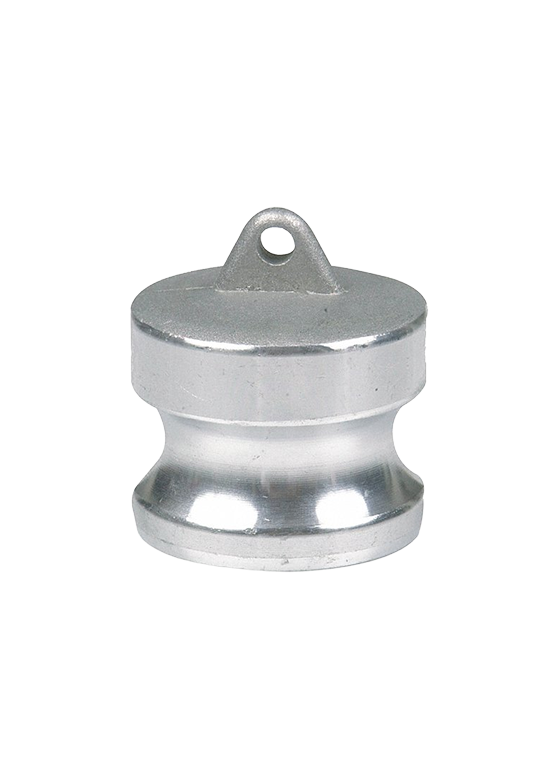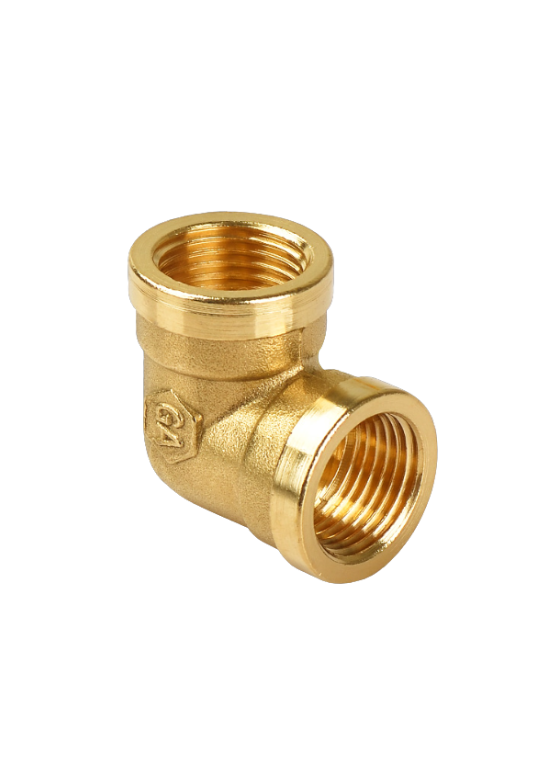
Edelstahl
Material
1/8"-4"
Größe
BS21/NPT/DIN
Thread
Rohrverschraubungen
Weld Hose Nipple
Weld Hose Nipple is a joint that firmly connects hoses and pipe systems through welding. It can withstand high pressure and high temperature and is suitable for applications with high strength and harsh working conditions.
- Corrosion-Resistant
- Easy to Maintain
- Highly Adaptable
- OEM Custom
- Fast And Safe Logistics
Weld Hose Nipple
A welded hose nipple is a fitting used to connect hoses and piping systems. It typically features a threaded end and a welded connection on the other. This fitting is commonly used to securely connect hoses to pipes or equipment, ensuring the safe and efficient transfer of fluids, gases, or other media. Welded hose nipples are often used in high-pressure or high-temperature environments. Their welded construction provides greater connection strength than traditional threaded connections, making them suitable for demanding industrial applications.
The welded hose nipple utilizes a high-strength welded design, offering strong corrosion and high-temperature resistance, and can withstand a wide range of operating environments, from low to high temperatures. It is widely used in hydraulic systems, petrochemicals, natural gas, and metallurgy, and is particularly well-suited for piping systems that require long-term, stable operation and withstand high pressures.
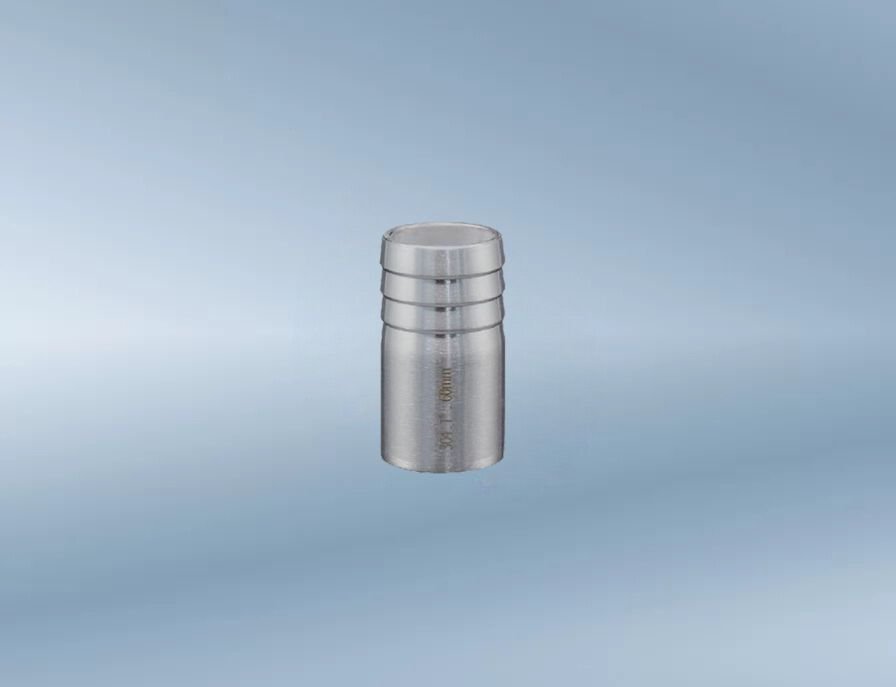
Features
Welded Connections
Welded hose nips can be directly welded to pipes or equipment, providing a stronger hold and suitable for high-stress environments.
Excellent High-Pressure Resistance
Our welded hose nips are made of high-strength materials and utilize welding technology to enhance the strength of the joints, allowing them to withstand higher pressures.
Excellent Corrosion Resistance
Due to its welded connections and high-quality materials, the Weld Hose Nipple offers excellent corrosion resistance and performs well in acidic and alkaline environments.
Widely Adaptable
The Weld Hose Nipple is compatible with a variety of pipe materials and can connect to various hoses and equipment, meeting diverse connection requirements.
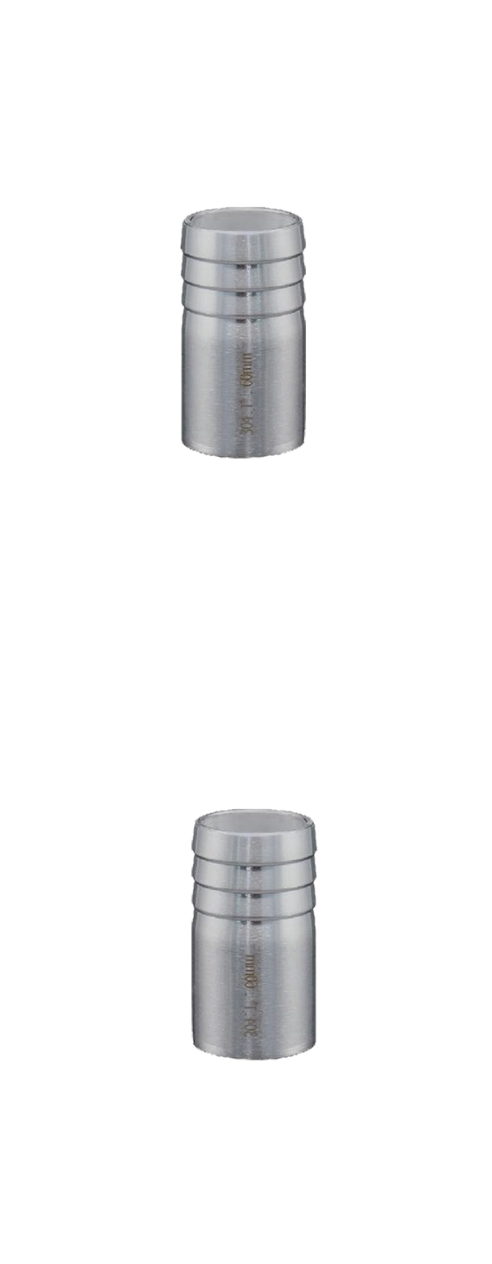
Anwendungen


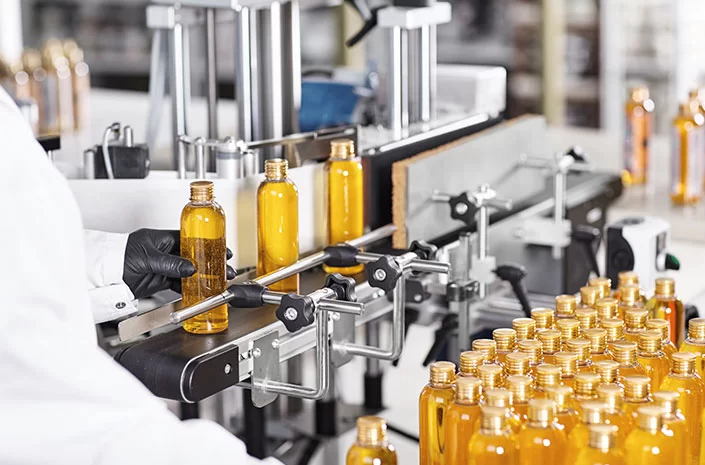
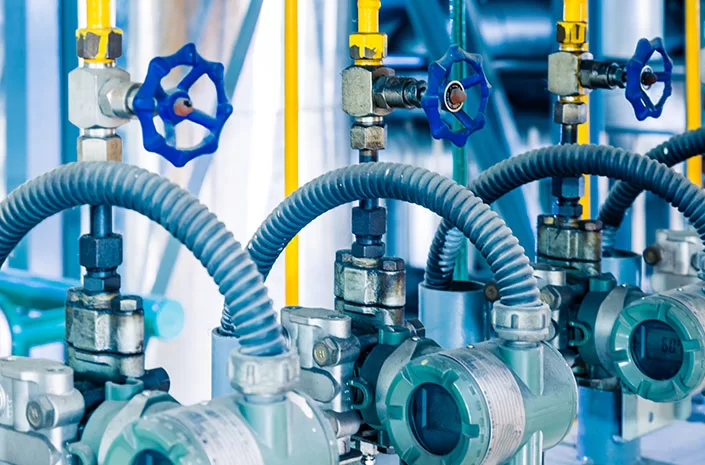
Camlock couplings are indispensable in the fuel and oil industry, providing reliable and leak-proof connections for transferring petroleum products. Their quick connect/disconnect capability enhances safety and efficiency during loading and unloading processes.
In agriculture, camlock couplings are essential for irrigation systems, chemical spraying, and transferring fertilizers. They enable quick and secure hose connections, allowing farmers to change equipment swiftly and improve operational efficiency.
Camlock couplings made from food-grade materials are vital in the food and beverage industry. They ensure the hygienic transfer of consumable liquids like juices, dairy products, and syrups, adhering to strict sanitary standards to prevent contamination.
In the gas industry, camlock couplings provide safe and efficient connections for transferring gases such as LPG and natural gas. Their robust construction ensures a secure seal, minimizing the risk of leaks and enhancing safety in gas handling applications.
Specs
Product Specifications
| Product Code | LT-33A |
| Technology | Seamless Steel Pipe |
| Physical Property | Tensile strength: 485Mpa, Yield strength > 205Mpa, Elongation: 35% |
| Material We Can Do | Stainless steel 304/316/CF8/CF8M/1.4308/1.4470 |
| Thread | BS21 (BSPT&BSPP), ANSI/ASME B1.20.1 (NPT), DIN2999(R/RP), JIS B O203/2(PT), KS BO221/2(PT), etc. |
| Temperature (Static State) | -76°F to +572°F(-60℃ to +300°C) |
| Surface | Burnishing |
| Model | P-063 |
| Shape | Equal |
Logistics and Certifications
| Certificate | ISO 9001:2015,IS014001:2015, CE, ROHS, KC, etc.. |
| Package | PVC bag for each piece.Cartons with pallet/out pallet/wooden boxes |
| Port | Ningbo/Shanghai, China Or other port on request. |
| Sample | Offer free samples and freight collected |
| Delivery Detail | According to the quantities and specifications of each orderA complete stock to provide fast deliveries for small orders.Normal delivery times is from 30 to 45 days after receiving the deposit |
| Generic Applications | Oil and Gas, Chemical, Food and Beverage, Agricultural Irrigation |
Support
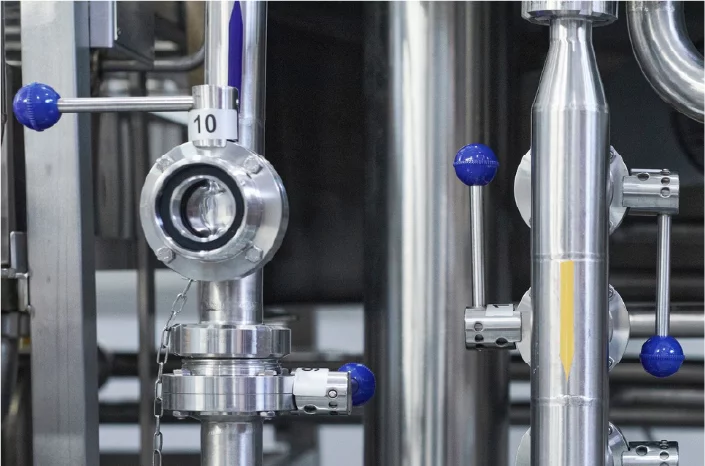

The installation process for the Weld Hose Nipple is primarily performed by welding. First, confirm the hose connector size and the compatible pipe size. The weld end of the connector must precisely align with the welding surface of the pipe or equipment. Next, use professional welding tools to secure the weld end of the Weld Hose Nipple to the pipe or equipment, ensuring the weld quality meets the required standards to avoid leaks or loosening caused by a weak weld. After welding, check the weld joint for tightness and stability to ensure there are no leaks. After the weld joint is installed, perform a system pressure test to ensure the safety of the piping system during operation.
At SSABP, we're proud to deliver high-quality camlock couplings. To ensure you get optimal performance and longevity from our products, we offer comprehensive after-sales maintenance services. Our team is ready to assist with any technical queries, provide maintenance tips, or offer troubleshooting advice. We also supply replacement parts and servicing options to help maintain the durability of your camlock products. Your satisfaction is our commitment, and our support team is always here to keep your operations running smoothly long after your purchase.
FAQs
Looking for answers about Weld Hose Nipple? Visit our FAQ section for detailed information and expert insights.
How can I tell if a welded hose nipple is securely installed?
After installation, you can perform a pressure test to check for leaks and ensure the welded joint is secure and reliable.
Can it be used in high-pressure systems?
Yes, the Weld Hose Nipple can withstand high pressures and is particularly suitable for transporting high-pressure liquids and gases. It provides stable performance and excellent operation in high-pressure systems.
What industries are Weld Hose Nipple suitable for?
It is widely used in industries such as metallurgy, natural gas, petrochemicals, food and pharmaceuticals, and shipping, and is particularly suitable for transporting high-temperature and high-pressure fluids.
What are the differences between welded and threaded connections?
Welded connections offer greater stability and strength than threaded connections and are suitable for high-temperature and high-pressure environments, while threaded connections are more suitable for low-pressure and low-temperature piping systems.
What tools are needed to install a welded hose nipple?
During installation, you’ll need welding tools, welding materials, and some basic measuring tools to ensure a precise and leak-proof weld.
Related Products
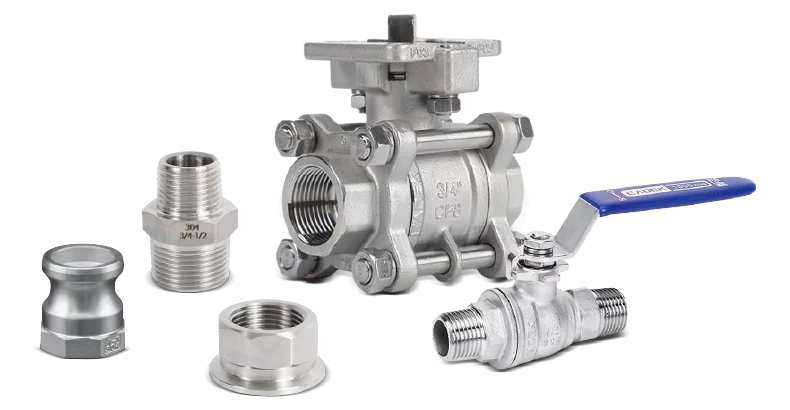
Holen Sie sich noch heute Ihre Camlock-Kupplung!
PROCAMLOCK bietet langlebige, leistungsstarke Camlock-Armaturen für den einfachen Einsatz in Branchen wie der Lebensmittelverarbeitung, der Chemieindustrie und dem Baugewerbe.
